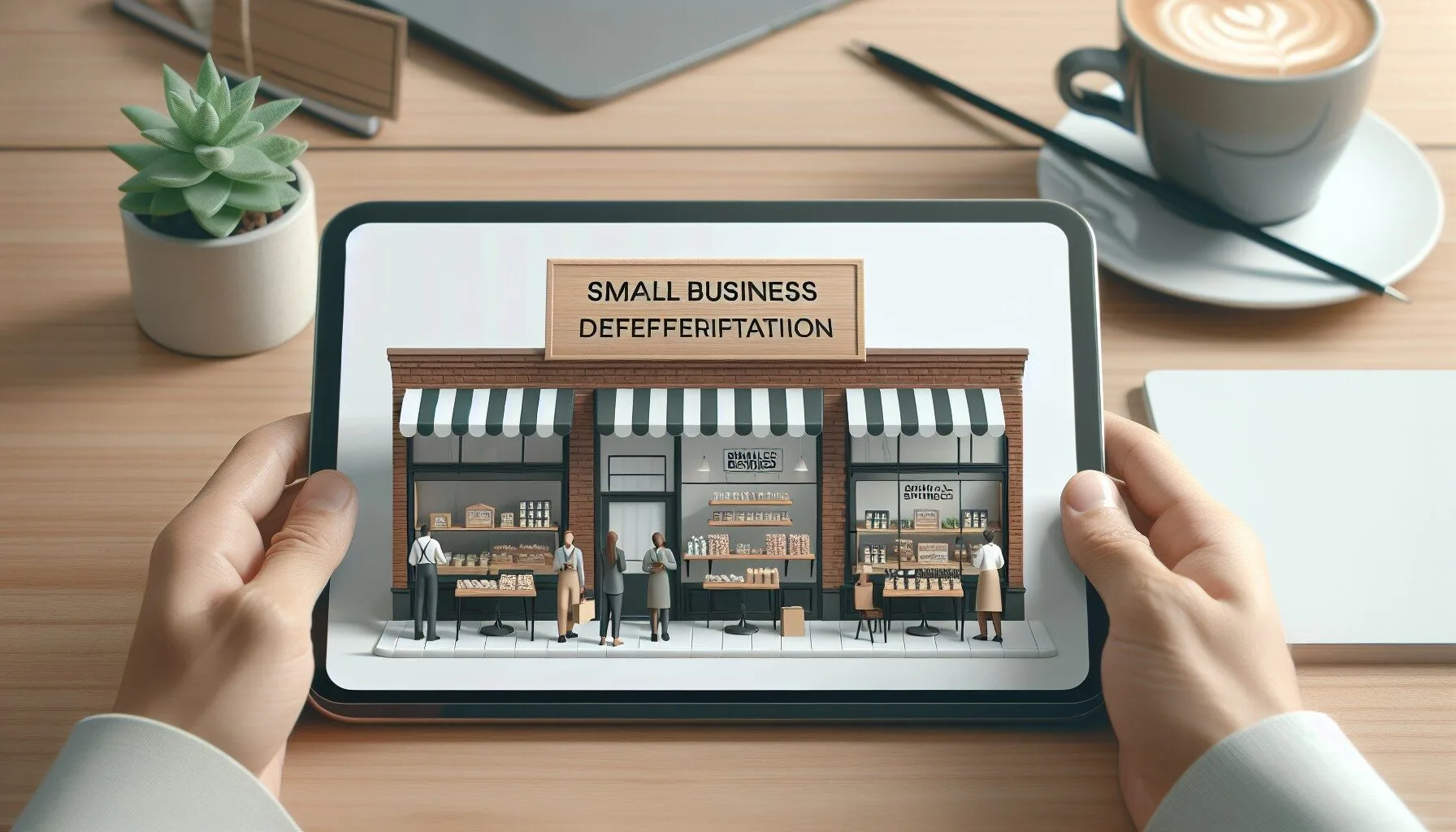If you’ve ever wondered how to stand apart from bigger competitors, a small business differentiation strategy could be your ticket to steady growth. Differentiation means showing your unique value so customers feel there’s no substitute for your brand. When done right, it boosts loyalty, pricing power, and overall business health. Let’s walk through the essentials.
Clarify your unique edge
Every great strategy starts with honest self-reflection. Why should people choose you over another business? Maybe you offer organic, handmade products, or perhaps your customer service is personal and warm.
- Make a short list of your top three strengths.
- Compare them with what your competitors highlight.
- Pinpoint a benefit that only you provide.
This clarity keeps you focused when you market, develop new products, or even greet a customer. You’ll be able to say, “Here’s how we’re different,” without hesitation.
Pinpoint valuable features
- Quality: Emphasize premium materials or craftsmanship.
- Speed: Deliver faster than anyone else in your area.
- Customization: Offer personalized or made-to-order options.
The key is to find a feature that resonates with your audience and is tougher for competitors to recreate.
Understand your audience
You might have incredible features, but do they align with what your target buyers actually want? Before investing in new concepts, do your homework.
- Conduct surveys or interviews to learn about customer priorities.
- Observe online reviews (yours and competitors’) to spot common likes or complaints.
- Examine shopping habits—are your customers bargain-hunters or do they value quality above all?
When you know what drives decision-making, you can fine-tune your differentiation to connect on a deeper level. If you’d like more insights on finding the right audience, you can explore small business target market strategy.
Develop a solid brand identity
Look at companies like Nike or Lush. They have strong visuals, memorable taglines, and a consistent customer experience that sets them apart. Even a budget-minded brand like Walmart stands out through its cost-savings promise.
- Choose a brand color palette that matches your vibe (soft pastels for a friendly, relaxed feel, or bold tones for a more spirited presence).
- Craft messaging that reflects your values, whether it’s sustainability, innovation, or transparent pricing.
- Keep your tone consistent across your website, email newsletters, and social media.
If you’re not sure how to shape your brand personality, check out small business branding strategy. Clear and consistent branding makes your business memorable, turning first-time shoppers into repeat buyers.
Explore broad vs. focused approaches
Not all differentiation is the same. Some small businesses choose a broad differentiation strategy, making themselves appealing to a wider market. Others go for a focused approach, catering to a specific niche. Let’s break it down:
| Approach | Description |
|---|---|
| Broad differentiation | Offer a unique proposition that appeals to a wide audience, such as premium quality or stylish design. |
| Focused differentiation | Zero in on a smaller, niche group with specialized offerings, like organic dog treats for puppies with allergies. |
Choosing one depends on your goals and resources. Apple often uses broad differentiation to attract anyone seeking premium devices, while a niche player like Airstream focuses on travelers who crave retro styling and modern amenities.
Innovate and keep evolving
Differentiation isn’t a one-time project. Over time, your competition will try to copy new features or adapt similar messaging. Stay ahead by consistently improving your products and experiences:
- Gather customer feedback and repeat what works.
- Double down on R&D or creative brainstorming.
- Experiment with fresh ideas, even if it means retiring older product lines.
This is where companies like 3M shine. They continually introduce new products, resulting in a significant chunk of revenue from recent innovations. Taking risks might feel daunting, but it can pay off with a stronger reputation and lasting customer loyalty.
Bring it all together
When you combine clarity, audience research, branding, and ongoing innovation, you create a small business differentiation strategy that’s hard to beat. Customers notice when you’ve thought through their needs and can clearly articulate the value you bring.
If you want to explore more ways to stand out and drive consistent revenue, consider scheduling a free Marketing Strategy Review. You’ll uncover costly profit leaks, spot fresh revenue opportunities, and set solid growth targets for the future.
Feel free to share your experiences in the comments or pass this along to a fellow entrepreneur. After all, we’re all in this to make our small businesses shine.




